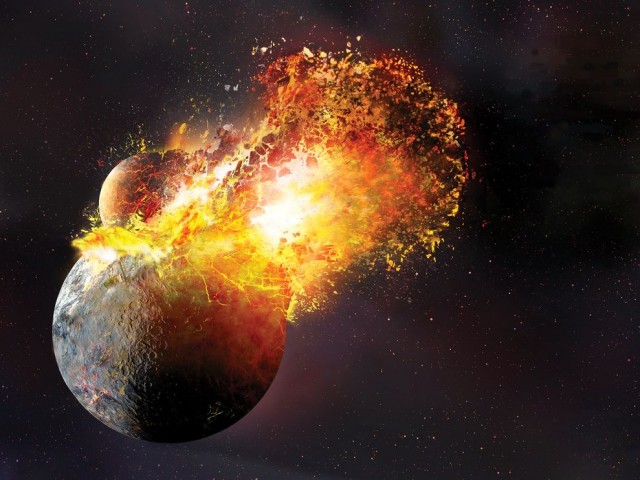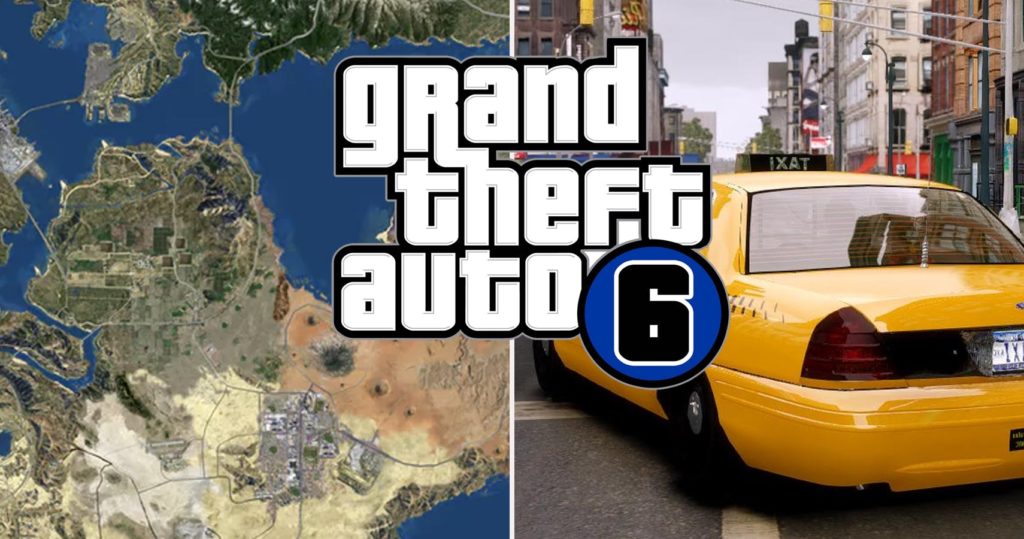Mars has two tiny moons and they have been wrecking the scientists’ brain for decades as they were trying to explain their origin. A new study has surfaced and it is based on old data, apparently confirming one of the two major hypotheses regarding the fate of the moons of Mars.
Phobos and Deimos are the names of the moons and the idea mentioned before argue that they formed as a result of a huge impact with the red planet itself. This would make a lot of sense if you stop and take a look at their orbital paths. You might think now that ‘if it makes so much sense, why isn’t this theory accepted?’. Well, it isn’t accepted completely. That’s because both of these moons have a really dark appearance, resembling a particular class of asteroids which are rich in carbon.
This suggests that they might have come from the asteroid belt and as they flew through space, they became trapped in Mars’s gravity. Deimos is the smallest one, measuring 8 miles (or 13 km) wide, while Phobos is slightly larger, being about 14 miles (22 km) across. Tim Glotch is the man that led the study, being a geoscientist down at the Stony Brook University in New York.
In a statement released by the American Geophysical Union, which also runs the journal in which the new research was published, Glotch said that “the fun part for me has been taking a poke at some of the ideas out there using an old data set that’s has been underutilized”. The old dataset which was used for aiding this theory comes from the 1998’s Mars Global Surveyor.
Nasa’s probe measured the heat signature of Phobos and Glotch, together with his team, compared the data with what they measured from a range of rocks and meteorites from Earth, concluding that those rocks broke off an asteroid which is believed to be the same type as the one that gave birth to the moons.


